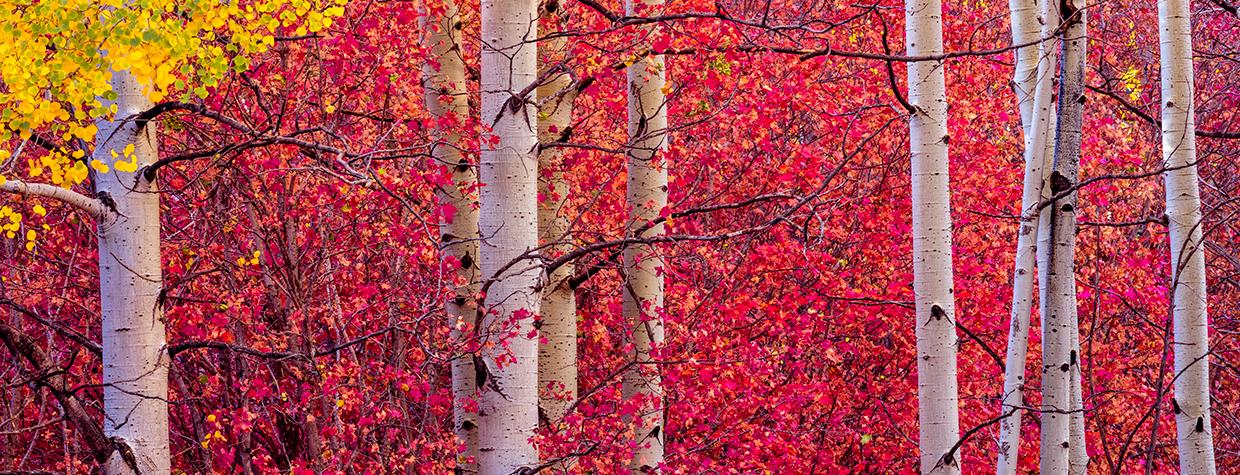I’ve been working with professional photographers for a long time, and in that time I’ve learned that their strengths usually fall somewhere between “creative” and “technical.” Some photographers are true creatives: They lead with their gut and are driven by feelings and intuition — as David Muench once said, “When I’m out making photos, I just follow my nose.” At the other end of the spectrum are the photographers who are driven by the technical aspects of the craft. The photographers searching for the best possible combination of exposure, lens and filter. When those two things combine — creativity and technical know-how — it’s magic.
To make the magic happen, the creatives often seek help honing their technical chops, while the techies have to find ways to free up their inner Picasso. And then there are those who already possess the perfect blend of artistic vision and technical wizardry. Claire Curran is on that very short list.
She’s a classically trained film shooter who cut her teeth doing studio work using 4x5 view cameras. When she decided to break out and do more scenic work, the big cameras followed her into the field. And over the years, she’s transitioned seamlessly into the world of DSLR cameras and, more recently, medium-format digital cameras. Her knowledge of digital sensors and optics is exceptional. Creatively, she’s not content shooting the same things as others, and she maps out her photo trips accordingly.
The planning that goes into those trips is another thing that sets Claire apart. She’s always aware of weather patterns and seasonal changes, and she charts her routes and destinations strategically, often revisiting locations she’s photographed in the past. By returning to familiar sites, she gets a better feel for a place each time. The Mogollon Rim (pictured) is one of her favorite places to shoot.
“The Mogollon Rim is an excellent place to look for and photograph maples with aspens,” she says. “This is a combination you don’t find too often, especially in the numbers of aspens growing with maples. The intensity of colors is amazing and hardly matched by the maples in other areas I photograph.”
In addition, Claire isn’t content to roll down the window and make a few photos. She parks and hikes for her shots because “there’s so much to see.” The Rim can be a challenge for a photographer, she says, because “there are few real backgrounds, no mountains and very few streams — little to pull the [viewer’s] eye through the image. However, if one scouts enough, there are some really remarkable scenes.”
Claire knows light and composition, but when it comes to her process in the field, she says she’s learned to rely on intuition. She doesn’t always get it right, but more often than not, her inner voice doesn’t lead her astray. No two photographers have the same workflow, but I believe that Claire’s ability to connect to a place and make great photos is a combination of talent, tenacity and her ability to unplug when she gets into nature. She says “getting away and doing what makes me feel alive and happiest” is what keeps her going. And the results speak for themselves.
Do you have a question about photography? Email it to [email protected], and our photo editor, Jeff Kida, will try to answer it in a future issue.

